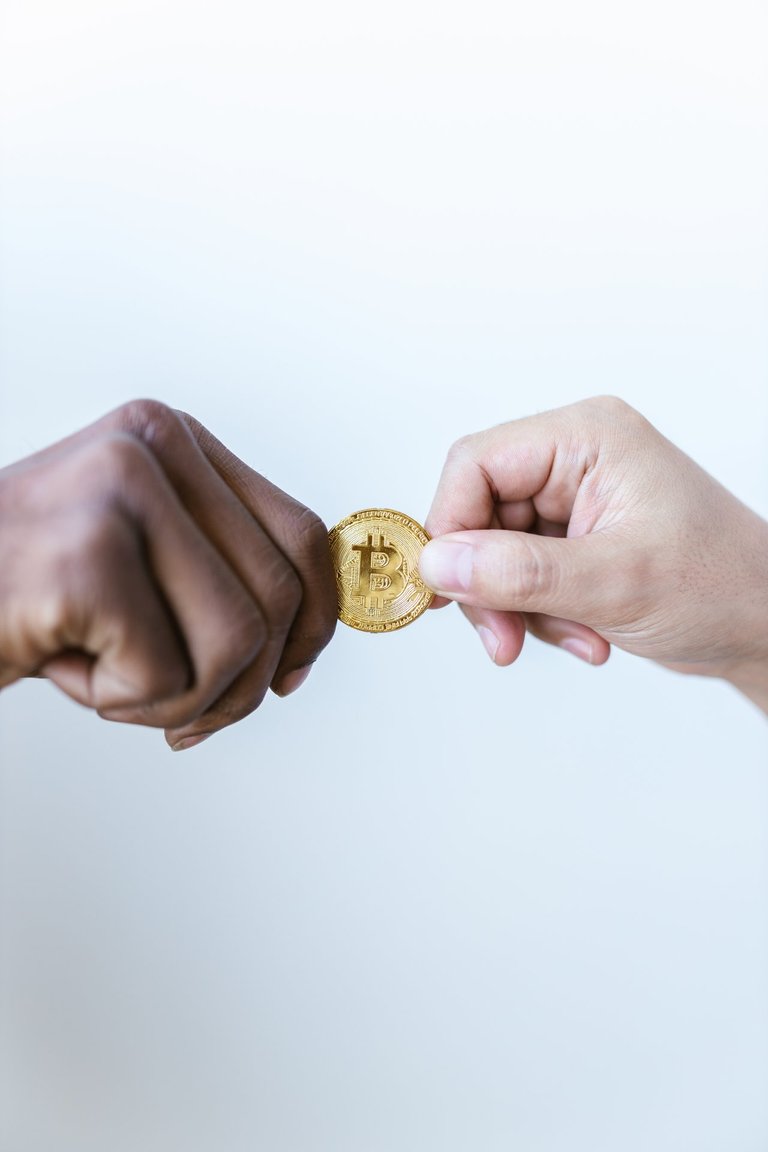Navigating the Challenges of Tokenization in a Rapidly Evolving Industry

One of the hottest topics in the world of cryptocurrencies and blockchain technology right now is tokenization. Tokenization is the process of creating digital tokens that represent assets or securities on a blockchain network. It has the potential to revolutionize the way we think about ownership and transfer of assets, from real estate and art to stocks and bonds.
However, as more and more companies and individuals start to explore the possibilities of tokenization, there is a growing need for clearer terminology to describe the different types of tokens and the various use cases they can be applied to.
In particular, there is a lot of confusion surrounding the terms "utility token" and "security token". These terms are often used interchangeably, but they actually refer to two distinct types of tokens with different characteristics and regulatory implications.
A utility token is a type of token that is designed to provide access to a product or service on a blockchain network. For example, a utility token might be used to purchase access to a decentralized file storage network or to pay for transactions on a decentralized exchange. Utility tokens are not considered to be securities under US law, and as such, they are not subject to the same regulatory requirements as securities.
On the other hand, a security token is a type of token that represents an ownership interest in an asset, such as a share of stock or a real estate investment. Security tokens are subject to securities laws and regulations, which means that they must be registered with the appropriate authorities and are subject to disclosure and reporting requirements.
The confusion between utility tokens and security tokens has led to a number of issues in the crypto industry. For example, some companies have tried to avoid securities regulations by calling their tokens "utility tokens", even though they actually have characteristics of a security token. This has led to legal disputes and regulatory crackdowns in some cases.
To address this issue, some experts are calling for the creation of a new term to describe tokens that have characteristics of both utility tokens and security tokens. These tokens would provide access to a product or service, like a utility token, but would also have an investment component, like a security token. Some have suggested calling these "access tokens" or "hybrid tokens".
In addition to the need for clearer terminology, there are also a number of other issues that need to be addressed as tokenization becomes more widespread. For example, there is a need for standardization of token protocols to ensure interoperability between different blockchain networks. There is also a need for clearer guidance on how to value tokenized assets and how to handle issues such as ownership disputes.
Despite these challenges, the potential of tokenization is enormous. It has the potential to democratize access to investment opportunities and make it easier for individuals and companies to raise capital. It could also lead to more efficient and transparent markets, as well as new models for ownership and control of assets.
As the world of tokenization continues to evolve, it is important that we have clear and consistent terminology to describe the different types of tokens and their use cases. This will help to avoid confusion and ensure that the industry is able to continue to innovate and grow. Ultimately, the potential of tokenization is too great to ignore, and it is an exciting time for anyone interested in the world of cryptocurrencies and blockchain technology.
